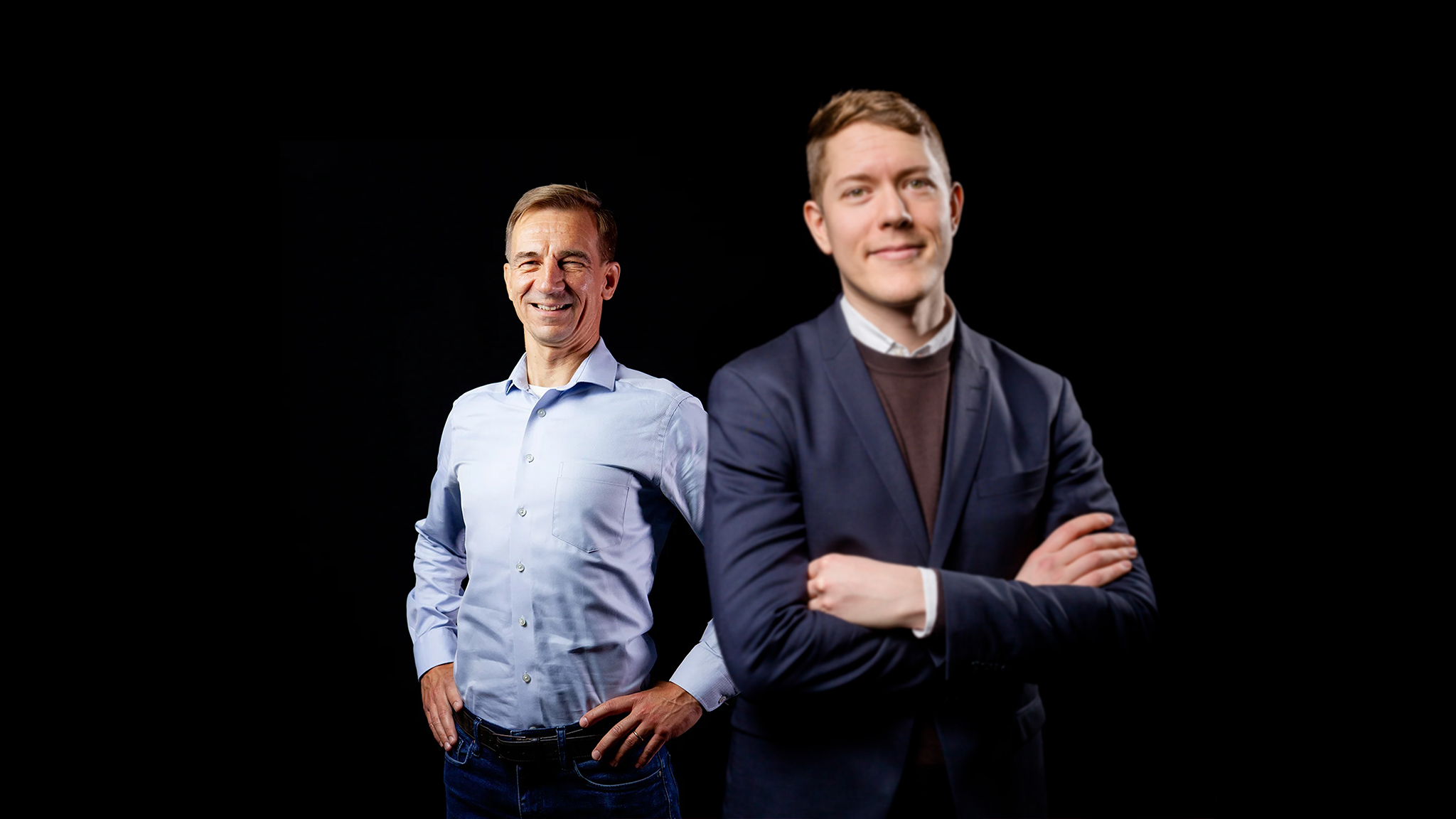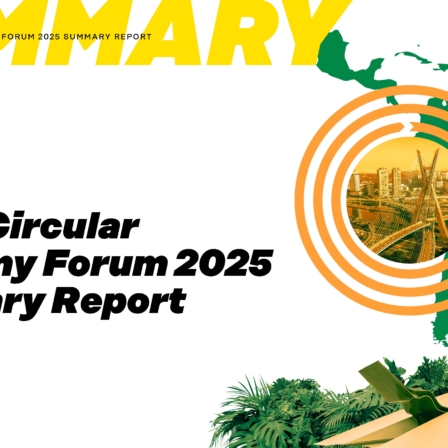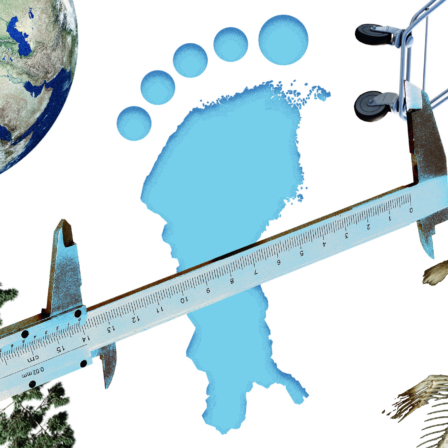The circular economy has great potential for job creation and sustainable growth. For example, the European remanufacturing market could grow to EUR 100 billion by 2030, creating half a million new jobs and saving 21 million tonnes of CO2 emissions. However, this potential is largely untapped, and the growth of circular economy sectors has been relatively modest.
The European Union should embrace a vision of establishing a Circular Single Market to drive competitiveness, achieve environmental objectives and increase economic security. While there has been some progress in decoupling resource consumption from economic growth, more efforts are needed to meet climate and circular economy targets.
Here are six steps that should be implemented in the EU to accelerate the circular economy:
- To create a Circular Single Market, the EU should focus on creating a level playing field for circular products, materials and services by focusing on implementation of the Ecodesign for Sustainable Products Regulation’s product-specific circularity criteria in order to make circularity mainstream.
- Rapidly and systematically identifying and removing existing national regulatory and administrative barriers that prevent or hinder free movement of circular products and services within the EU. This operation should be embedded firmly in the existing single market enforcement mechanisms, such as the Single Market Enforcement Task Force (SMET).
- The EU should focus on boosting access to recycled materials, establishing endof-waste criteria and harmonizing waste classifications in Member States, thereby achieving economies of scale in material recovery. High-quality recycled materials have significant economic potential, for instance in recycled textile fibres, or in chemically recycled plastics, where some investments of some 8 billion euros are planned by 2030 in Europe.
- Accelerating the circular economy requires demand stimulation and creation at the EU level and scaling of innovations through investments. Increased use of appropriate EU financing mechanisms, such as EIB loans and equity instruments, and the EU’s Innovation Fund, is important to ensure that these, often large, industrial investments are possible.
- The strategic application of biomass for high-value uses, such as substituting fossil-derived materials and chemicals or critical raw materials. This strategy should be bolstered by research and development funding for cuttingedge technologies and the incorporation of sustainable bio-based materials into recycling content goals.
- Public procurement has strong potential to drive demand for circular materials, products and services. This can be implemented by setting minimum mandatory circularity targets for Green Public Procurement (GPP) and by widely sharing best practices from circular public procurement across the Member States
Sources:
EEA 2024. Accelerating the Circular Economy in Europe: State and Outlook 2024 (European Environment Agency).
Letta, Enrico 2024. More than a Market – Empowering the Single Market to deliver a sustainable future and prosperity for all EU Citizens.
Plastics Europe 2021. European plastics manufacturers plan 8 billion euros of investment in chemical recycling.
World Bank 2022. Squaring the Circle: Policies from Europe’s Circular Economy Transition (World Bank).

















Recommended
Have some more.